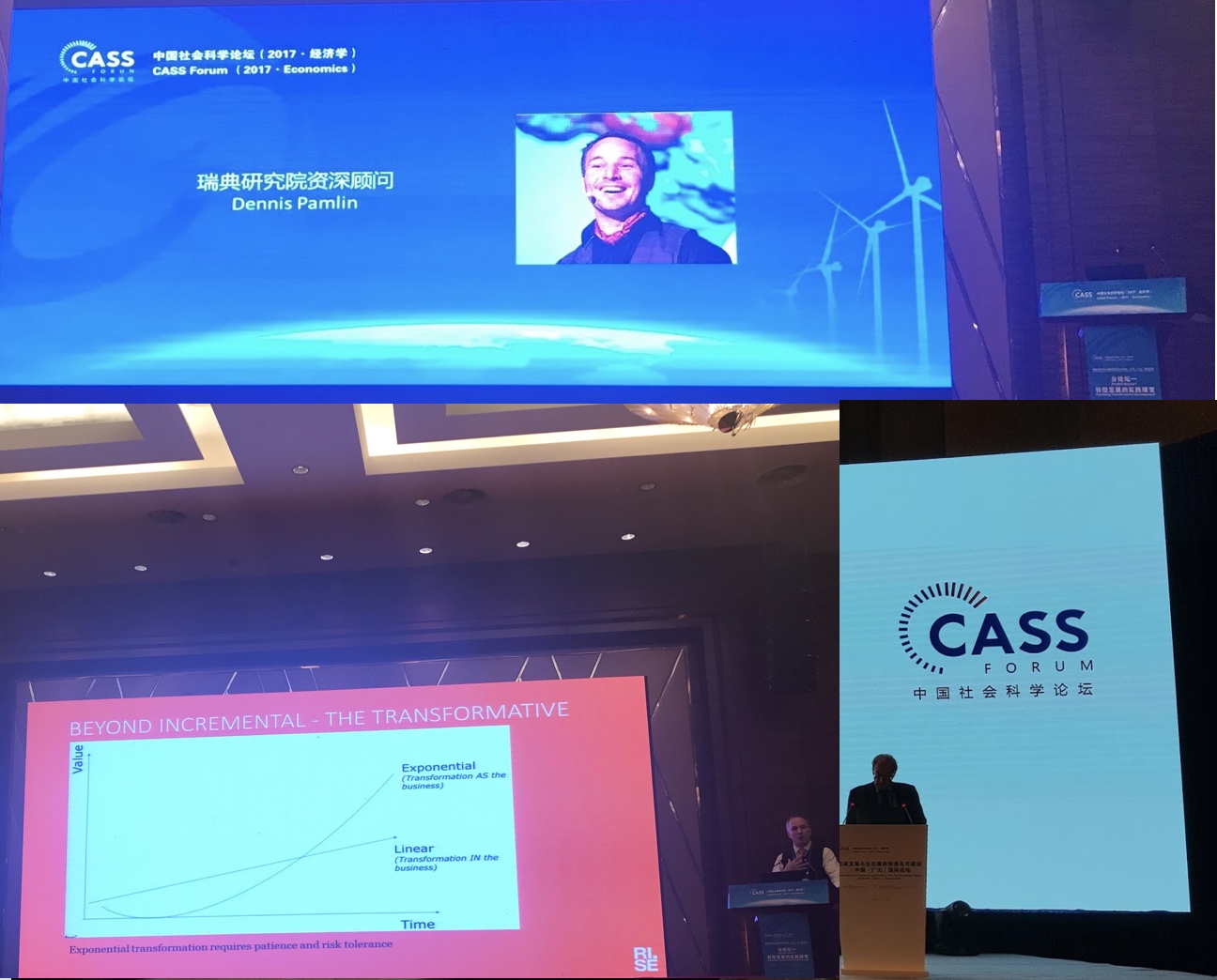China Mobile: Getting ready for low carbon leadership
/ To meet with China Mobile is always a pleasure. Their work in the low carbon area is really interesting. They have a balanced approach where they approach both their own emissions and their (mainly positive) impact from use of their products and services. People like Yan Jiang, General Manager, at China Mobile are working hard to deliver concrete results.
To meet with China Mobile is always a pleasure. Their work in the low carbon area is really interesting. They have a balanced approach where they approach both their own emissions and their (mainly positive) impact from use of their products and services. People like Yan Jiang, General Manager, at China Mobile are working hard to deliver concrete results.
Following earlier work, three areas are of particular interest in relation to China Mobile:
1. How China Mobile can keep their own emissions under control, especially emissions from base stations. China Mobile already have a target to reduce CO2 from base stations with almost 7 million tonnes of CO2.
2. Assess the emission reductions due to existing services that China Mobile is providing. Today China Mobile provides a number of low-carbon IT solutions, but no assessment exists on how significant these savings are.
3. Assess the future potential of services from China Mobile. The need for a resource efficient development in China is established by the Chinese government and for a low carbon development it is important to understand the potential for smart low carbon IT solutions.
China Mobile is already well prepared and it is interesting to see how the GRI reporting framework we developed back in 2003 as a supplement for the telecom sector is being used today by China Mobile.
































